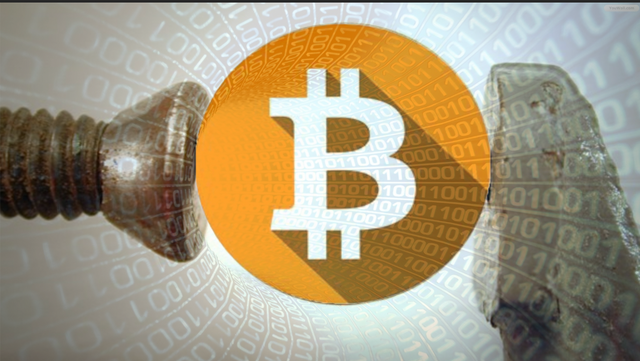BTC: How to Avoid High Fees & Tx Times

I’m going back to the basics in today’s post. Upcoming posts this week will include a review and set up guide of a new hardware wallet going by “The Cold Wallet 2.0” and Friday I’ll recap some of the latest happenings in this space and give you my thoughts on what it all means.
Today I want to help better explain why your Bitcoin transactions might sometimes be very slow or expensive, and provide you with a cool hint that can help you avoid this situation altogether. I also want to go over the scary concept that is unconfirmed transactions.
VIEW VIDEO HERE
If you’ve ever sent bitcoin to another wallet, you’ve probably had the delightful experience of anxiously waiting and constantly refreshing your screen until you see that your transaction has indeed been confirmed by the network. If you’ve ever wondered if there’s anything you can do besides pay a hefty transaction fee to ensure it goes through quickly, I have good news for you.
The answer is to check the status of the Mempool.
There are many websites that are happy to fill you in on this information, I’ll provide links to this and all other information included in this down below.
Mempool stands for Memory pool and it refers to the holding area for pending transactions.
When you first send out your transaction it is sent into the mempool where it waits to be selected by a miner to include it in the next block.
The size of the mempool lets you know generally how many blocks will need to be mined before your transaction is confirmed. If the mempool size is 3MB, you’ll need to wait for three blocks to be mined before your transaction is confirmed.
It’s possible that the mempool could become too large with pending transactions; this could cause the nodes to crash. To prevent this from happening the nodes will introduce a minimum fee.
If your transaction is waiting in this mempool and the fee paid does not meet this minimum then your transaction will be dropped from the mempool and the balance will be sent back to your wallet.
So when the blockchain gets flooded with transactions this can explain at least in part why the fees increase and why transactions take a long time to go through.
So if you have time to spare, you can keep an eye on the size of the mempool to see when the number of waiting transactions is down, that’s when your transaction will go through quickly and with much cheaper fees.
One thing to keep in mind here about the transaction fees.
If you try to send your bitcoin without paying any transaction fee or you pay a very very small transaction fee compared to the average being paid, most likely your transaction will be left unconfirmed for many days, weeks or it may never be confirmed.
An unconfirmed transaction means the amount of Bitcoin you’ve tried to send is withdrawn from your balance will not be sent to the destination and your Bitcoin is stuck and will not be returned to your wallet.
Your best chance at this point is that there exists a miner who will process your transaction knowing that you did not provide them with a fee payment.
Most wallets will calculate a proper transaction fee to ensure that this will not happen. Some will even give you some fee options to choose from depending on how quickly you’d like your transaction to be confirmed. The busier the network, the more transactions that are flooding the network, the higher your transaction fee will need to be to ensure that your transaction doesn’t get tossed aside and stuck in limbo.
If you’ve ever been curious about how the Bitcoin network is doing, what kind of profit miners can make, which mining pools are dominating the network, you can check out the many Bitcoin block explorer websites. These are good for finding out all sorts of information about the state of the Bitcoin network. Things like the most recent blocks mined, the number of transactions being included in those blocks, transaction fees, and unconfirmed transactions.
This tool isn’t exclusive to Bitcoin either. If you’re interested in learning more about Ethereum, Stellar, EOS or other coins with their respective blockchains you can most likely find links to these options with a simple DuckDuckGo search.
Additional Reading/Links:
For BTC and ETH Block Explorer
In depth BTC Mempool analytics
BTC block explorer
@heiditravels You have received a 100% upvote from @intro.bot because this post did not use any bidbots and you have not used bidbots in the last 30 days!
Upvoting this comment will help keep this service running.
As always great info Heidi, and sometimes it's good to go back to the basics!! Especially with newbies coming to the crypto space and the Steemit community all the time now! ✌️😄
Hey Heidi, hope your well. I continue to enjoy your coverage of crypto.
I noticed you have powered down most of your steem. What was your main decision in doing so? Cheers
To listen to the audio version of this article click on the play image.

Brought to you by @tts. If you find it useful please consider upvoting this reply.
I have another Problem : high fees on exchanges. For instance: bittrex charges me 5% if i want to Transfer DASH to my personal wallet. This was war cheaper 6 months ago. Is There a fee overview for online marketplaces?
Posted using Partiko Android